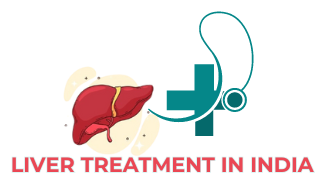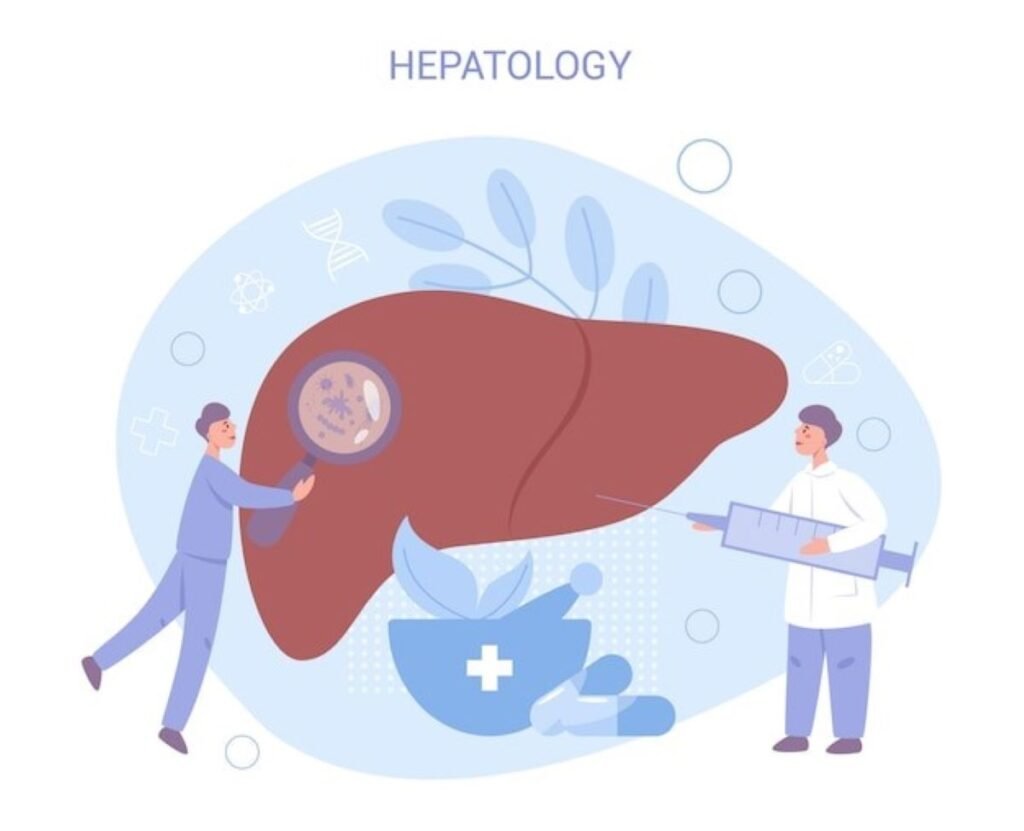Best Practices for Managing Biliary Conditions Affecting Liver and Gallbladder Health
Handling biliary disorders that affect the liver and gallbladder health necessitates a multidimensional strategy based on best practices for biliary condition management. A thorough awareness of the complexity of these illnesses is necessary to navigate treatments ranging from dietary modifications to medicinal interventions. Effective management requires the implementation of solutions that address individual symptoms while prioritizing holistic well-being. Setting the stage for discussion of the delicate care balance required to preserve the liver and gallbladder health in the face of biliary system disorders is this opening paragraph.
Overview of Biliary Conditions and Their Impact
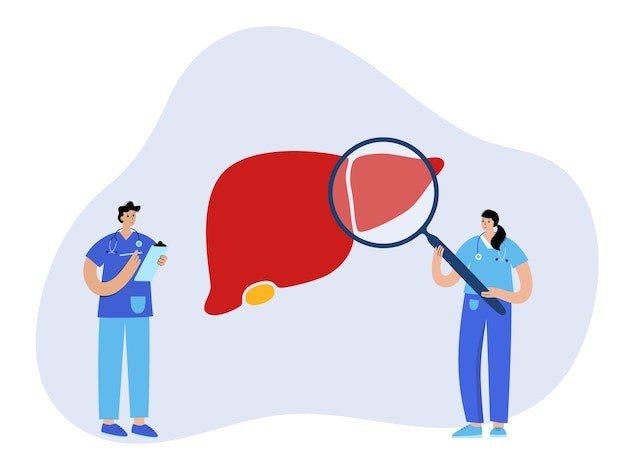
A wide range of illnesses involving the liver, gallbladder, and bile ducts are referred to as liver and gallbladder diseases, and they all have a major impact on digestive health. The liver produces bile, a fluid that the gallbladder, bile ducts, and liver together make up the biliary system, which is responsible for storing and secreting bile, which helps the body break down fats. Disruptions to this complex system can result in a range of incapacitating illnesses that have far-reaching effects.
One of the most prevalent biliary system disorders is gallstones, which develop when bile constituents like cholesterol or bilirubin crystallize and build up in the gallbladder. The obstruction of the bile ducts by these stones may result in severe abdominal pain, nausea, and vomiting. In extreme situations, they might result in consequences like pancreatitis (inflammation of the pancreas) or cholecystitis (inflammation of the gallbladder), which call for immediate medical attention.
Jaundice, or the yellowing of the skin and eyes brought on by an excess of bilirubin in the blood, is the result of biliary blockage, which can be brought on by gallstones, tumors, or other conditions. Severe consequences such as liver damage, infections, and organ failure may arise from this obstruction.
Additionally, long-term health hazards including liver cirrhosis and bile duct cancer are associated with chronic biliary system disorders like primary sclerosing cholangitis (PSC) and primary biliary cholangitis (PBC), highlighting the significance of early detection and treatment.
Lifestyle and Dietary Recommendations for Managing Biliary Conditions

Managing biliary conditions effectively necessitates a multimodal strategy that includes dietary and lifestyle changes. Lifestyle decisions are critical in maintaining general biliary health. These decisions include exercise regimens, stress reduction strategies, and avoiding particular habits. Similarly, dietary guidelines designed to support liver and gallbladder function and reduce symptoms can have a big influence on how biliary system disorders are treated. A more comprehensive strategy that takes into account dietary and lifestyle factors can help people better managing biliary conditions and enhance their overall quality of life.
Balanced Diet

- For those who suffer from biliary disorders, eating a diet high in fiber can help with regular bowel motions and digestion. Foods high in fiber, such as whole grains, legumes, fruits, and vegetables, can also aid in preventing the formation of gallstones.
- Limit your consumption of processed and fatty meats and choose lean protein sources like fish, chicken, tofu, and lentils. While maintaining muscle mass and general health need protein, it should be ingested in moderation to prevent overtaxing the liver and gallbladder.
- For the management of biliary problems, eating foods high in calcium, such as dairy products or fortified plant-based substitutes, can be helpful. In the intestines, calcium binds to oxalates, lowering the likelihood of gallstones made of oxalate.
- Choose smaller, more frequent meals throughout the day as opposed to larger ones. This strategy can lessen the discomfort brought on by biliary disorders and assist avoid overtaxing the digestive system.
- Make sure your diet is full of fruits and vegetables that are high in antioxidants and important vitamins and minerals, including vitamins A, C, D, and E. These nutrients can aid in lowering bodily inflammation and promote general wellness.
- Certain meals can be triggers for people with biliary disorders, making their symptoms worse. Foods that are overly processed, fatty, or spicy are common triggers. Keep an eye on how your body reacts to certain foods and steer clear of those that exacerbate your symptoms.
Hydration

- Maintaining proper hydration is essential for the management of biliary disorders because it helps the liver and gallbladder function, which in turn facilitates the generation and secretion of bile.
- By preserving bile fluidity and lowering the likelihood of blockages and consequences like cholecystitis, drinking lots of water helps avoid the formation of gallstones.
- Drinking more water dilutes bile, which lowers the amount of cholesterol and bile salts in it. This can lessen the chance of gallstones forming and reduce the symptoms of preexisting biliary disorders.
- Maintaining adequate hydration promotes the easy passage of bile into the digestive system, which facilitates the breakdown and absorption of fats and fat-soluble vitamins.
- By encouraging bile flow and avoiding its stagnation, drinking water can reduce symptoms of biliary disorders, including indigestion, bloating, and discomfort in the abdomen.
- By aiding in the detoxification process and encouraging the removal of waste products, hydration improves liver function and is particularly helpful for those whose liver function has been damaged by biliary illnesses.
- Dehydration can result from biliary disorders such cholangitis or bile duct blockage because of reduced bile flow and poor fluid absorption. Maintaining proper hydration helps avoid dehydration and the problems that come with it.
Moderation of High-Fat Foods

- When ingesting high-fat foods to control biliary problems, moderation is essential. Overindulgence in fat can make symptoms like gallbladder discomfort and digestive problems worse.
- Choose healthy fats, such as those in nuts, seeds, avocados, and fatty fish. Compared to saturated and trans fats, these fats are easier for the body to handle and are less prone to cause symptoms.
- Control portion quantities to prevent overburdening the digestive system. Meals that are smaller and more often throughout the day can help control the production of bile and ease discomfort.
- Processed snacks and high-fat fried foods can be difficult for the body to digest, which can cause bile blockage and discomfort. Reducing the use of these products can improve biliary health overall and reduce symptoms.
Medical Management of Biliary Conditions
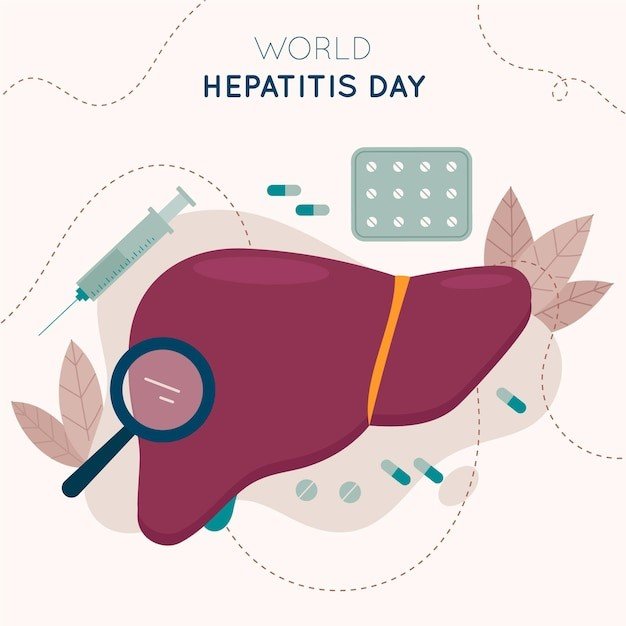
A comprehensive strategy is used in the medical care of biliary issues with the goal of identifying and treating liver and gallbladder diseases that impact the gallbladder, bile ducts, and related structures. Effective management of disorders ranging from ordinary gallstones to more complicated ones like cholangitis or biliary tract malignancies involves a combination of medication, lifestyle changes, imaging, and sometimes surgery. Comprehending the pathogenesis of these ailments is crucial for customizing treatment regimens that mitigate symptoms, avert consequences, and enhance patients’ general well-being.
Pain Management
- Analgesics: Acetaminophen (Tylenol), an over-the-counter pain treatment, can help treat mild to moderate discomfort brought on by biliary disorders. Although they’re generally safe, you should use them with caution, particularly if you have underlying liver problems.
- Nonsteroidal anti-inflammatory drugs (NSAIDs): Ibuprofen and other NSAIDs are useful for treating pain, but they might exacerbate symptoms in certain liver and gallbladder diseases, particularly when there is ulceration or inflammation. In general, they shouldn’t be used without medical supervision.
- Antispasmodics: By reducing spasms and relaxing the smooth muscles of the bile ducts, medications such as hyoscyamine or dicyclomine can help ease the pain associated with cramping in biliary colic.
- Opioid analgesics: Opioid painkillers such as morphine or oxycodone may be provided for severe pain that is not sufficiently managed by other drugs. However, they are usually only used temporarily or in cases of severe pain crises due to the hazards of addiction, constipation, and respiratory depression.
- Bile acid sequestrants: Drugs such as cholestyramine or colesevelam may be administered in situations when an overabundance of bile acids causes symptoms such as pruritus. Their mechanism of action involves binding to bile acids in the colon to decrease their circulation and relieve symptoms.
- Ursodeoxycholic acid (UDCA): By altering the makeup of bile, this drug can help relieve the symptoms of some liver and gallbladder diseases, such as primary biliary cholangitis (PBC), or dissolve tiny cholesterol gallstones.
- Proton pump inhibitors (PPIs): Omeprazole or pantoprazole are examples of PPIs that may be used to treat liver and gallbladder diseases that are linked to GERD or peptic ulcers in order to lower the production of stomach acid and relieve symptoms.
Medications
- Ursodeoxycholic Acid (UDCA): UDCA helps to improve liver function and bile flow and is commonly used to dissolve tiny cholesterol gallstones and treat primary biliary cholangitis (PBC).
- Cholestyramine: This drug, which is often used to treat biliary problems and their associated itching, acts by binding bile acids in the colon to decrease their circulation and reduce symptoms.
- Antibiotics: To treat the infection and avoid complications, doctors recommend antibiotics such metronidazole or ciprofloxacin in cases of bacterial cholangitis.
- Drugs to Lower Bile Production: In cases of cholestasis, doctors may prescribe medications such as octreotide to lower bile production and relieve symptoms.
Antibiotics
- Treatment for Acute Cholecystitis: When treating acute gallbladder inflammation, antibiotics are frequently administered in addition to other measures, especially when surgery is not immediately possible or necessary.
- Management of Cholangitis: Antibiotics are essential for reducing bile duct infection in cases of acute cholangitis. Usually, broad-spectrum antibiotics are used to combat common bacteria associated with this illness.
- Empirical Therapy: In biliary situations, antibiotics are often started empirically prior to the availability of culture findings. This aids in the early treatment of bacterial infections and guards against consequences like sepsis.
- Infections with Biliary Stents: Patients who have biliary stents may get infections that require antibiotic treatment. By treating and preventing bacterial colonization of these foreign bodies, antibiotics lower the chance of problems such as recurring infections and stent blockage.
- Antibiotics may be given as a preventative measure before to biliary surgery in order to lower the risk of postoperative infections, particularly in patients who are high-risk or undergoing complicated procedures.
Surgical Interventions for Biliary Conditions
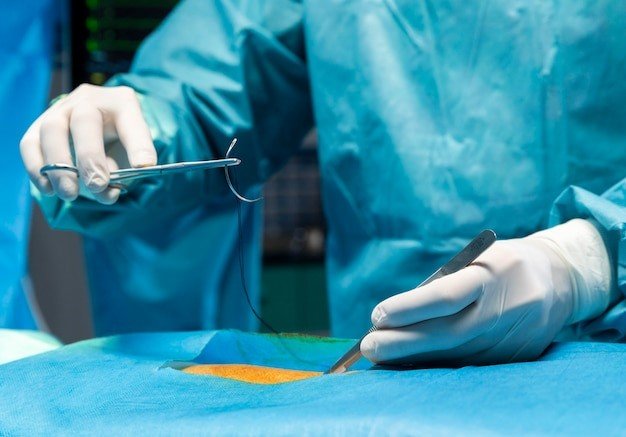
Surgical treatments for biliary diseases include a range of operations intended to treat diseases involving the gallbladder and bile ducts. These can be simple problems like gallstones or more complicated diseases like cancer or biliary strictures. Surgical methods available at the best liver transplant clinic might range from less intrusive procedures like laparoscopic cholecystectomy to more involved procedures like liver transplantation or bile duct reconstruction. The type and severity of the ailment, the patient’s general health, and the surgical team’s experience all play a role in the intervention decision. To achieve the best possible outcomes for patients, effective care of biliary problems frequently necessitates a multidisciplinary approach comprising radiologists, gastroenterologists, surgeons, and other specialists.
Cholecystectomy
One of the most important surgical procedures performed at the best liver transplant clinic for treating a variety of biliary disorders is cholecystectomy, or the removal of the gallbladder. The primary purpose of the gallbladder, a little pouch-shaped organ located beneath the liver, is to concentrate and store bile, which facilitates the breakdown of fats. On the other hand, when this organ is diseased, it can cause a variety of unpleasant symptoms and consequences that can require surgery.
Gallstones, which are solid particles made of bile components that can restrict bile flow and induce gallbladder inflammation (cholecystitis), are one of the most prevalent reasons for cholecystectomy. This inflammatory process severely reduces one’s quality of life and frequently presents as severe abdominal discomfort, nausea, and vomiting. In some situations, surgically removing the gallbladder offers a permanent remedy that relieves symptoms and stops cholecystitis bouts from happening again.
Other biliary disorders including choledocholithiasis, in which gallstones move from the gallbladder into the bile ducts and may cause jaundice, pancreatitis, or cholangitis, are also treated by cholecystectomy. By removing the gallbladder, doctors lower the risk of problems and restore regular biliary function by eliminating the source of these bothersome stones.
Biliary Stenting
The minimally invasive surgery known as biliary stenting has transformed the treatment of numerous biliary disorders, providing numerous patients with comfort and enhanced quality of life. The liver, gallbladder, and bile ducts make up the biliary system, which is essential for digestion because it moves bile from the liver into the small intestine. This system can cause extreme discomfort and difficulties if it comes into contact with obstructions or anomalies. In these situations, biliary stenting becomes a ray of hope, offering a very effective non-surgical remedy.
To relieve obstructions or strictures, a stent—a hollow tube usually composed of plastic or metal—is inserted into the bile duct during the surgery. A number of conditions, such as gallstones, tumors, inflammation, or surgical consequences, might result in these blockages. Through the utilization of sophisticated imaging methods like endoscopic retrograde cholangiopancreatography (ERCP) or percutaneous transhepatic cholangiography (PTC), liver expert doctors are able to accurately identify the obstruction and guide the stent into place.
Beyond just easing blockages, biliary stents have other uses. They can also be used to control difficulties after surgical procedures by the best liver transplant doctor in India such as liver transplantation, facilitate drainage in cases of bile duct leaks, or act as a conduit for the delivery of chemotherapy in cases of bile duct malignancies.
Sphincterotomy
Sphincterotomy is a minimally invasive technique that is primarily used to treat a variety of biliary diseases. For patients with bile duct problems, it represents a substantial advancement in medical intervention. The sphincter of Oddi, a muscle valve that regulates the flow of bile and pancreatic fluids into the small intestine, must be cut during the treatment. Sphincterotomy attempts to relieve obstructions and increase bile flow by enlarging this restricted passage, which will relieve symptoms and prevent complications related to biliary illnesses.
A common bile duct full of gallstones is known as choledocholithiasis, and one of the main reasons for sphincterotomy is to treat this ailment. Blockages brought on by these stones may result in symptoms like pancreatitis, jaundice, and stomach discomfort. With a sphincterotomy, the endoscopist can reach the bile duct and extract or fragment the stones, which returns the bile flow to normal and relieves symptoms. With less open surgical procedures required, patients have faster recovery times and a lower chance of complications thanks to this minimally invasive technique available at the best liver transplant hospital in India .
Sphincterotomy is also used to treat other biliary disorders such as sphincter of Oddi dysfunction, biliary strictures, and problems after biliary surgery. When strictures are present, the process can assist enlarge constricted bile duct segments, enhancing drainage and lowering the possibility of future blockages. By relaxing the muscle and reestablishing normal function, sphincterotomy can relieve symptoms for patients whose sphincter of Oddi is malfunctioning.
Moreover, sphincterotomy can be used to treat endoscopically problems like strictures or bile leaks that arise from surgical operations, hence preventing the need for additional invasive procedures.
Biliary Bypass Surgery
One important technique used to treat a variety of biliary diseases, especially those that impact the gallbladder or the bile ducts, is biliary bypass surgery. These disorders frequently prevent bile from flowing normally from the liver to the small intestine, which can cause symptoms like jaundice, stomach problems, and pain in the abdomen. Biliary bypass surgery becomes an essential choice when other therapies, such as medication or endoscopic procedures, are not successful in relieving symptoms.
Bypassing the clogged or damaged portion of the biliary system, a new route for bile to travel from the liver to the small intestine is made during biliary bypass surgery. This may entail making a link between the gallbladder and the small intestine or directly attaching the bile duct to the colon. The underlying cause and the degree of obstruction determine the particular strategy.
Obstructive jaundice resulting from bile duct stones, strictures, tumors, or congenital anomalies is a common indication for biliary bypass surgery. This procedure can improve liver function, relieve jaundice and its accompanying symptoms, and improve the patient’s quality of life by rerouting the flow of bile. Additionally, significant cholecystitis (galbladder inflammation) or a high risk of gallstone problems may necessitate biliary bypass surgery.
Liver Transplantation
A crucial lifeline for those suffering from severe liver diseases caused by problems affecting the bile ducts is liver transplantation for biliary illnesses. Primary biliary cirrhosis, primary sclerosing cholangitis, and biliary atresia are only a few of the disorders that fall under the umbrella term “biliary conditions.” These illnesses seriously harm the bile ducts, which makes the liver less able to operate properly. Liver transplantation becomes the last resort when standard therapies are unable to stop the disease’s progression and lessen its symptoms, providing hope for a fresh start.
When considering liver transplantation as a treatment for biliary disorders, several complex considerations must be carefully considered. The degree of biliary injury, the patient’s overall health, and the existence of any comorbidities must all be assessed by clinicians. The decision-making process also strongly takes into account factors including the availability of donor organs, any dangers related to the transplant surgery, and the needs for post-transplant care. Liver transplantation is still the gold standard for treating severe biliary problems because it can prolong longevity and enhance quality of life, despite certain difficulties.
The effectiveness of liver transplantation in treating biliary disorders depends not only on the skill of the surgeon, but also on the quality of the post-transplant care and continuous monitoring. Patients need close monitoring after transplantation in order to identify and treat issues such organ rejection, infection, and biliary problems.
Liver Transplantation
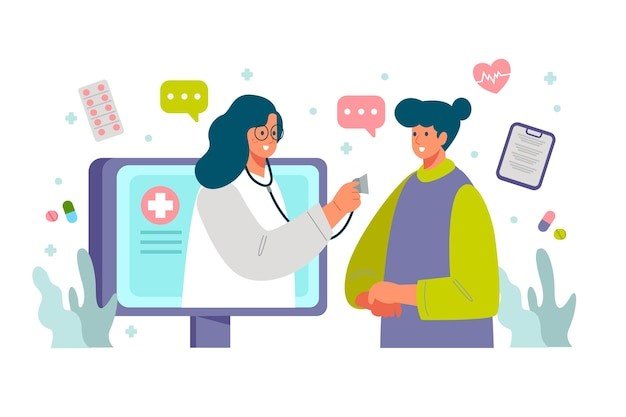
For those with diseases affecting the bile ducts and gallbladder, monitoring and follow-up care are essential to achieving the best possible health results. This all-encompassing strategy includes continuous monitoring, treatment, and assessment to identify any problems, recurrences, or changes in the patient’s health. Regular medical evaluations, imaging investigations, and laboratory testing are crucial for early detection and intervention, eventually improving patient well-being and quality of life. This applies to postoperative follow-ups as well as long-term monitoring of chronic biliary illnesses.
Regular Check-ups
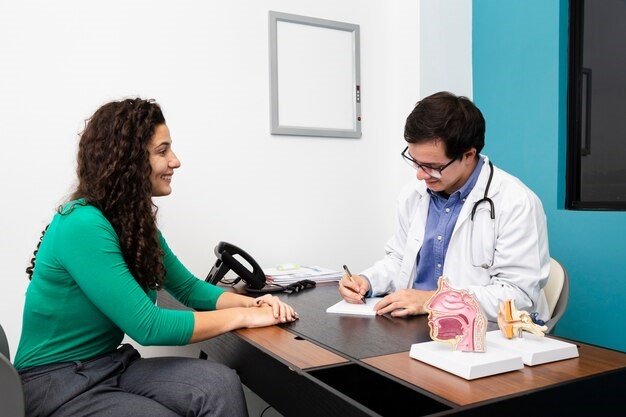
Maintaining general health and avoiding major consequences need routine screenings for biliary disorders. By creating and transferring bile, the biliary system—which consists of the liver, gallbladder, and bile ducts—plays a crucial part in digestion. Gallstones, bile duct obstruction, and liver disorders are just a few of the health problems that can result from any disturbance or malfunction in this system.
Regular examinations enable medical practitioners to keep an eye on the biliary system’s condition and identify any anomalies early on. Doctors can evaluate the liver’s function, spot any indications of inflammation or infection, and check for diseases like gallstones or tumors using physical exams, blood tests, and imaging procedures like ultrasound or MRI.
Timely intervention and treatment can greatly improve results and lower the risk of complications when biliary problems are detected early. Furthermore, routine examinations give best liver transplant doctor in India the chance to inform patients on dietary practices, drug regimens, and lifestyle changes that can effectively prevent or treat biliary problems.
Imaging Studies
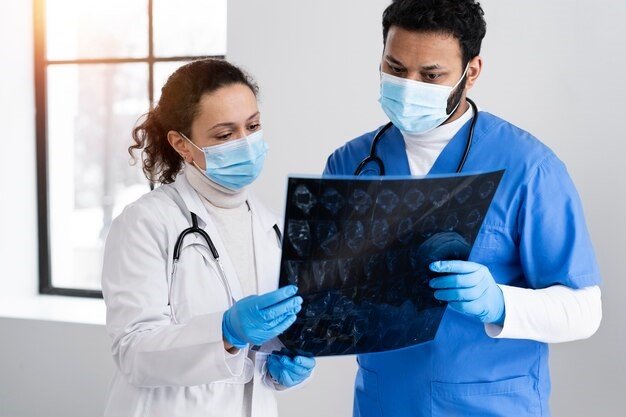
Imaging investigations are essential for the diagnosis and treatment of biliary disorders because they provide a wealth of information about the complex structure and operation of the biliary system. Gallstones, bile duct obstruction, and biliary strictures are examples of bile duct disorders that frequently have nonspecific symptoms, making an accurate diagnosis difficult without imaging evidence.
Among the imaging modalities used to evaluate biliary diseases are ultrasound, CT scans, MRIs, and endoscopic retrograde cholangiopancreatography (ERCP). Because it is easily accessible, safe, and useful for identifying gallstones and determining bile duct dilatation, ultrasound is usually the first-choice imaging technique. CT scans offer comprehensive anatomical data and are especially helpful in assessing side effects such as tumors or bile system infections.
Superior soft tissue contrast provided by magnetic resonance cholangiopancreatography (MRCP) makes magnetic resonance imaging (MRI) an essential tool for identifying minor abnormalities like strictures or stones in the biliary tree. Furthermore, by directly visualizing and intervening, ERCP integrates therapeutic actions with imaging to enable the diagnosis and treatment of biliary disorders.
Lifestyle Modification

In order to effectively treat biliary diseases such gallstones, cholecystitis, and bile duct abnormalities, lifestyle adjustment is essential. Lifestyle modifications are a crucial part of treatment and prevention for many illnesses since they frequently result from a combination of genetic predispositions and lifestyle variables.
A frequent biliary ailment, gallstones can be avoided with a healthy diet low in cholesterol and saturated fats. Consuming an abundance of fruits, vegetables, and meals high in fiber can also improve digestive health and lower the chance of problems.
Another essential component of changing one’s lifestyle to treat biliary disorders is regular exercise. Engaging in physical activity enhances metabolism generally and lowers the chance of gallstone formation in addition to aiding in maintaining a healthy weight. Additionally, exercise ensures that the digestive system is operating at its best, which improves circulation and may help prevent bile duct diseases.
Additionally, those with biliary disorders can greatly benefit from abstaining from smoking and heavy alcohol use. Smoking may raise the chance of gallstone development, and alcohol can exacerbate liver and gallbladder inflammation.
For biliary diseases that affect the health of the liver and gallbladder to be effectively managed, a multifaceted strategy including dietary adjustments, lifestyle changes, and medication interventions is required. By following recommended behaviors like getting regular exercise, eating a balanced diet, and getting medical help when needed, people can reduce their risk of developing these disorders and improve their general health. Liver Treatment India is a great resource for anyone looking for reliable advice regarding best liver transplant hospital in India and access to liver expert doctors in India. It provides a forum where people can research treatment options, get in touch with experts, and discover the information they need. Better liver and gallbladder health may be achieved by adopting these best practices for biliary condition management and making use of the knowledge made available by portals such as Liver Treatment India.
